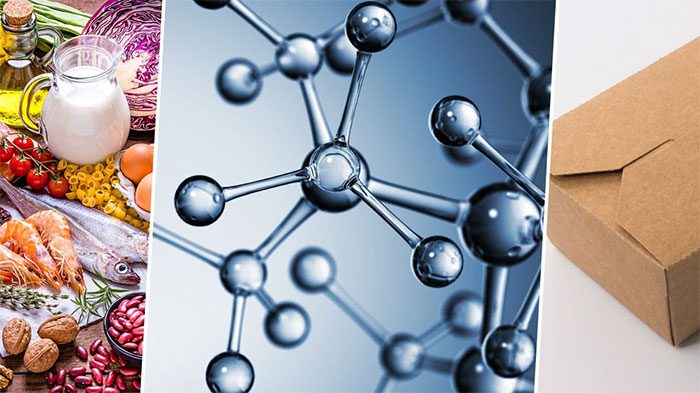A new study reveals that consuming a freshwater fish caught from rivers or lakes in the United States is equivalent to drinking water contaminated with “forever chemicals” for an entire month.
Forever chemicals, known as PFAS, are a group of over 4,500 synthetic substances that are non-biodegradable and have been used in a variety of consumer and industrial products since the 1940s due to their resistance to grease, oil, water, and heat. They are still found in household items such as non-stick cookware, textiles, firefighting foam, and food packaging.
Due to the nearly indestructible nature of PFAS, these pollutants have accumulated over time in the air, soil, lakes, rivers, food, drinking water, and even in our bodies.
Globally, there are increasing calls for stricter regulations on PFAS, as they are believed to be linked to a range of serious health issues, including liver damage, high cholesterol, reduced immune response, and several types of cancer.

PFAS are chemicals that are nearly impossible to biodegrade.
To assess the impact of PFAS contamination in locally caught fish, a team of researchers analyzed over 500 samples from rivers and lakes across the United States from 2013 to 2015. The study’s findings, published in the journal Environmental Research, indicated an average PFAS concentration in fish of 9,500 nanograms/kg.
Nearly 75% of the detected “forever chemicals” were PFOS, one of the most common and dangerous forms among the thousands of PFAS variants.
The researchers calculated that consuming just one freshwater fish is equivalent to drinking water with a PFOS concentration of 48 parts per trillion for an entire month. To put this number into perspective, last year, the U.S. Environmental Protection Agency lowered the safe drinking water level for PFOS to 0.02 parts per trillion. This means that eating one fish can be even more toxic than drinking contaminated water for a month.
Furthermore, the research also indicated that the total PFAS levels in freshwater fish were 278 times higher than those found in commercially sold fish.

Natural fish are no longer safe for consumption in the U.S.
David Andrews, a senior scientist at the non-profit Environmental Working Group and the lead researcher, shared that he grew up fishing and eating fish.
“Now I can’t look at a fish without thinking about PFAS contamination,” the scientist remarked.
“These findings are particularly relevant to disadvantaged communities that rely on fish as a source of protein or for social or cultural reasons,” he added. “This study makes me extremely angry because companies that produce and use PFAS have polluted the planet and face no accountability.”
Patrick Byrne, an environmental pollution researcher at Liverpool John Moores University in the UK, who was not involved in the study, stated that PFAS “is likely the biggest chemical threat humanity faces in the 21st century.”
He noted, “This research is important because it provides the first evidence of the widespread transmission of PFAS directly from fish to humans.”
Researcher Andrews is calling for stricter regulations to eliminate all unnecessary PFAS usage.
This study comes after Denmark, Germany, the Netherlands, Norway, and Sweden submitted a proposal to ban PFAS to the European Chemicals Agency. The agency subsequently stated in a release that this proposal is “one of the broadest proposals in EU history”, introduced after the five countries recognized that PFAS are not adequately controlled and require regulation across the bloc.



















































